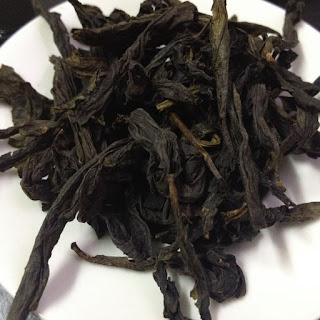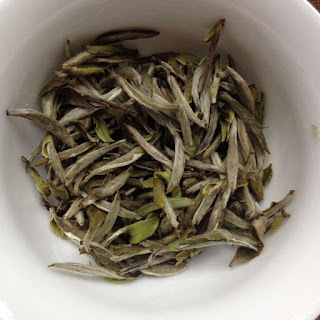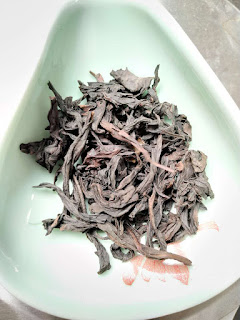An simple introduction to new product of DaYi, YiYuanSu(益原素)

Q: What is YiYuanSu(益原素, called TAETEA Prebiotea officially)? A: Prebiotea is the general designation of tea ingredient, transformed tea ingredients, others produced by microbes during metabolism and others have close relationships with nutrition during fermentation by microbes. Especially micro molecule fermented Polyphenols like Teadenol series, GA and derivatives of it, Puerh Catechin 401 series and Fermented polysaccharide are the representative characters of fermented tea. Q: What is the meaning of " TAETEA Prebiotea "? A: This is a customized definition by DaYi and registered as trademark already. " Prebiotea " is the abbreviation of " TAETEA Prebiotea " which means the prebiotics during tea of DaYi. Q: How about the R&D (research & development ) process on "Prebiotea"? A: This process of "Prebiotea" started from 8 years ago by 7th institution of DaYi. They take the bacterium groups during fermentation po





